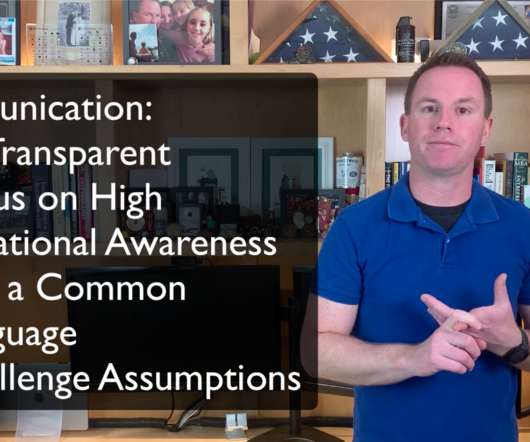Uncle Bob Martin challenges software industry to Grow-up
Storm Consulting
MAY 3, 2018
London, UK 1 st May 2018 at Skills Matter , for Scrum Event. Many of us would rather focus on our preferred activities, such as researching new frameworks and languages, or gaming than attend to the rather serious business of being fully-present developers of software. There are those doing ‘ Scrum fall ’. Agile in the large.















Let's personalize your content